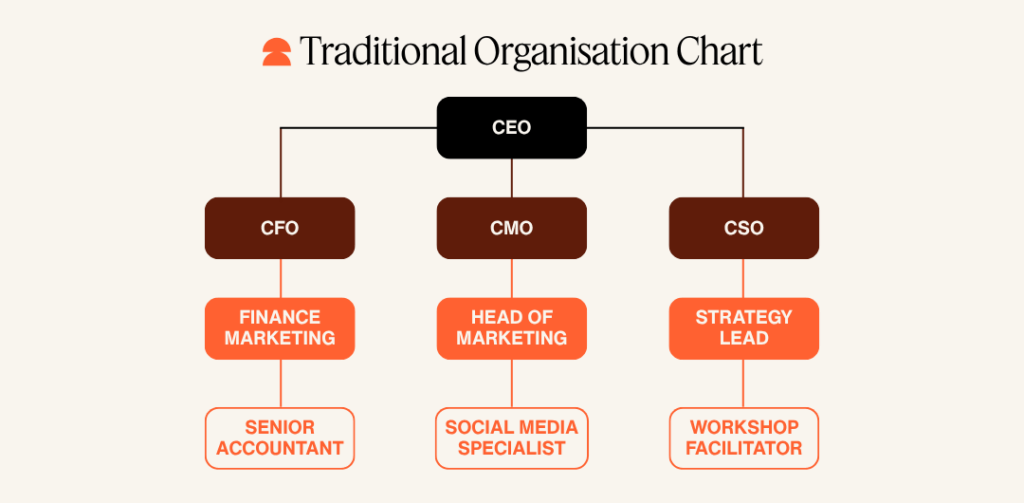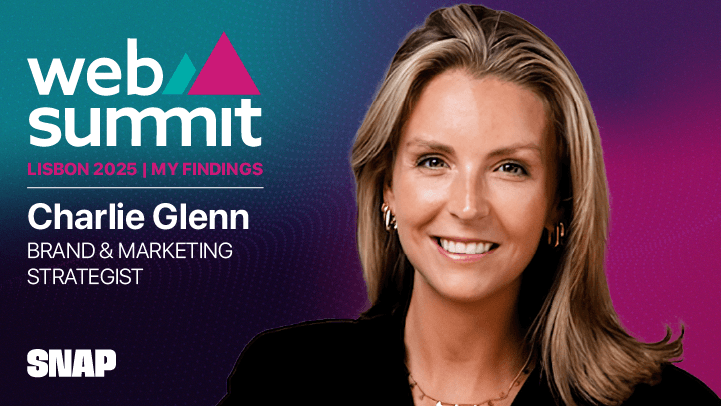Most businesses are still clinging to the same organisational charts they had in the 1800s. Pyramids. Boxes. Arrows. Bureaucracy dressed up as order. But here’s the truth: AI doesn’t care about your hierarchy. It doesn’t report to the Head of Anything. It just gets on with it fast, efficiently, and usually without the need for meetings that should have been emails. And if we’re honest, the way most companies are structured today is completely incompatible with where work is heading.
At Snap, we’ve been thinking hard about what an organisation looks like when humans and AI actually work together and it’s not a pyramid. It’s more like a living tree.
From Pyramids to Trees
Traditional org charts look like this: Rigid pyramid - Top: CEO hoarding decisions. - Middle: Managers juggling plates. - Bottom: People doing all the actual work. That model worked when industries were predictable. But now? It’s slow, bloated, and allergic to innovation. The new structure, the one I’m obsessed with building, looks more like a tree.

– Roots: Purpose and values (your “why”).
– Trunk: Core systems, processes, and shared knowledge.
– Branches: Agile teams that grow and adapt to opportunities.
– Leaves: People and AI tools, constantly growing, falling, regenerating.
Each branch feeds off the same roots. Each leaf adds energy back into the system. It’s alive. It evolves.
Humans and AI: Who Does What Best
Think of your organisation like a football team. AI is your ultra-fit, data-driven midfielder: it never gets tired, analyses every move, and plays the smart pass instantly.
Humans are your creative playmakers: the ones who see opportunities no algorithm could, who inspire, connect, and lead emotionally.
So instead of designing jobs, start mapping roles and outcomes. Ask:
– What are we trying to achieve?
– Which parts need creativity and empathy?
– Which parts can be automated, accelerated, or enhanced by AI?
At Snap, we’ve already started doing this. We’re freeing up human energy for strategic thinking, storytelling, relationships, and creativity, while letting AI handle data, automation, and efficiency.

Why This Matters
Because if you don’t evolve your structure, AI will evolve your business for you. The companies that win in the next decade won’t be the ones that use AI, they’ll be the ones that design for it. That means flexible teams. Shared knowledge. Clear purpose. And leaders brave enough to prune the old branches so new ones can grow.
Closing Thought
The question isn’t “Will AI take my job?” It’s “Is my organisation designed for humans and AI to thrive together?” Because the org chart of the future isn’t a pyramid. It’s alive and it’s growing.






